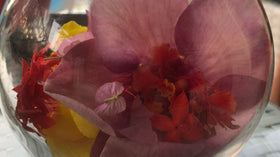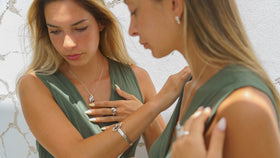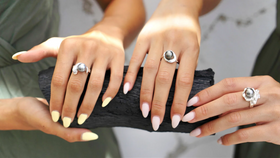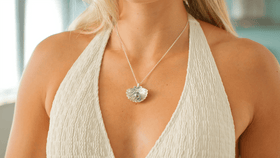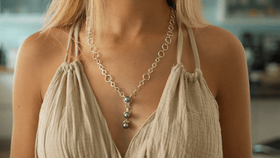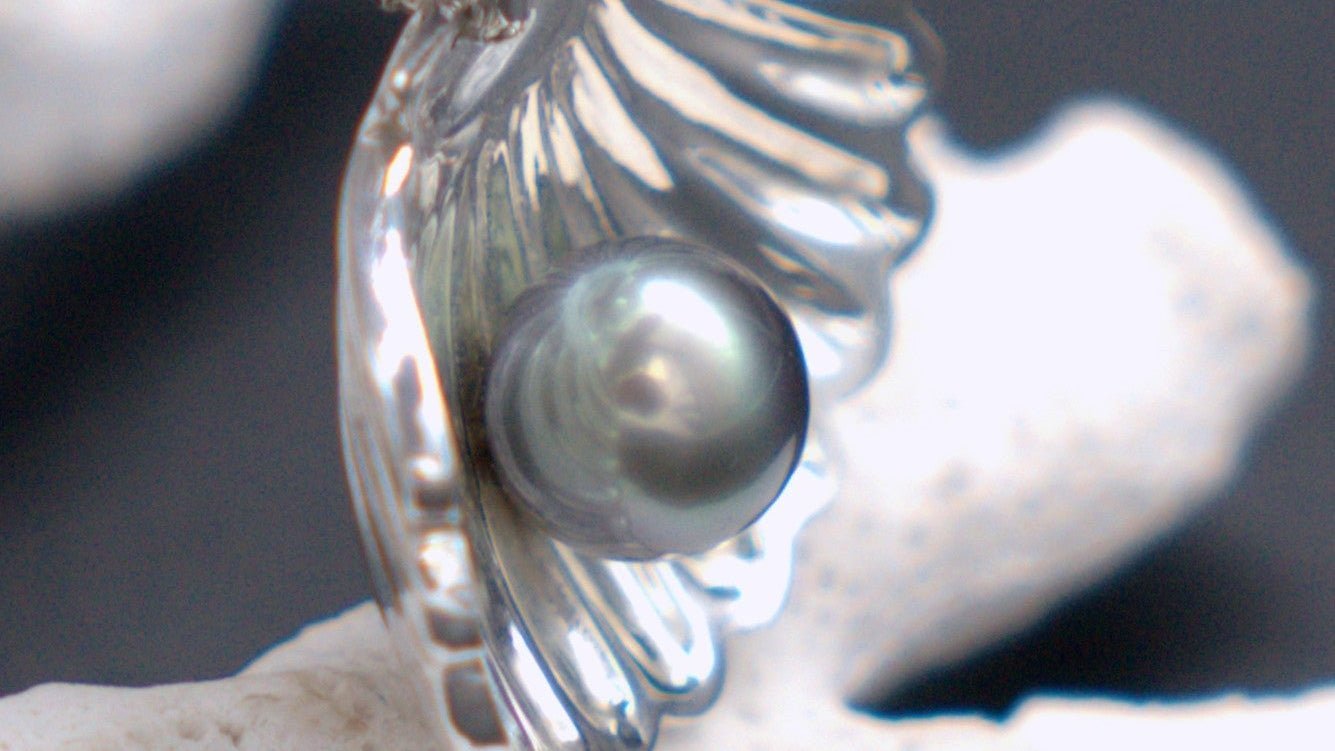Article: How to identify solid silver?

How to identify solid silver?
How to recognize an authentic solid silver jewel?
With the rise of online shopping and the proliferation of available items, counterfeit or inferior jewelry is unfortunately becoming increasingly common. You can find everything online: real, fake, and everything in between. Knowing how to distinguish authentic sterling silver jewelry is essential for investing with complete peace of mind. Because buying jewelry, especially one you plan to wear for years to come, is no small matter.

Understanding the different types of silver
To easily identify solid silver, you must first understand that there are several grades of silver, and that each has its place in jewelry.
One hundred percent pure silver is almost never found in jewelry. Why? Because pure silver is too soft. It wears out, it warps, and it can't support the weight of a lifetime worn on a finger or wrist. This is why alloys are created, adding other metals to strengthen the structure.
925 sterling silver is the international standard. It contains 92.5% pure silver and 7.5% other metals, usually copper. This is what you find in most jewelry stores, it's what's legally recognized, and it has an official hallmark in almost every country in the world.
950 silver is 95% pure silver. It's a nobler, purer grade. At Honu, this is the grade I prefer to use for my creations because it allows for finer craftsmanship. The malleability of this metal offers more possibilities during forging. Each hammer blow can be more precise, more nuanced. However, although containing more pure silver than 925 silver, 950 fineness is not one of the official hallmarks. By legal default, it is therefore marked with the 925 hallmark. This is an administrative matter, not a quality issue.
Fine silver, also called 999 silver, is mostly used as an ornament on jewelry, never as the main material. Its pure silver content is 99.9%. It is an extremely soft and malleable metal. If you were to make an entire ring out of it, it would inevitably warp within the first week of wearing it.
How to identify authentic solid silver?
Look for the required hallmarks. For sterling silver, this is usually the number "925" or the official hallmark affixed by an authorized body in the country where the jewelry was made and then authenticated. This hallmark is engraved somewhere on the jewelry, often on the inside for rings or pendants. You may need to use a magnifying glass to see it clearly.
Visually, sterling silver has a distinctive shine, reminiscent of its preciousness. This isn't the dull sheen of plating. It's a light that seems to come from within the metal. But be careful: some high-quality imitations can also have a deceptive shine. This test alone is therefore never sufficient.
Unlike plated or silver-plated jewelry, whose surface quickly deteriorates over time, genuine sterling silver exhibits natural oxidation, giving it a unique patina. This patina isn't destruction. It's evolution. You can clean it if you wish, or keep it as a mark of time. The important thing is that the jewelry itself doesn't get damaged. Unless you subject it to truly harsh conditions that could scratch or warp it, a piece of sterling silver jewelry remains intact.
Weight is also an indicator. Sterling silver is dense. If a piece of jewelry feels light, too light for its size, that's suspicious. Silver plate weighs much less than a similar-looking piece of sterling silver.
The tooth test, which is used for pearls, can also be applied to silver. When you gently rub the silver against your tooth enamel, you should feel a slight roughness. Solid silver doesn't slide. Imitations do.

Why is verifying authenticity important?
At Honu, every piece is crafted with noble, precious, and authentic materials. It's a promise of exceptional quality. But it's not just a question of quality. It's a question of honesty.
When you buy a piece of jewelry that's supposed to be solid silver and wear it for ten years, thinking you've invested in something that will last, only to discover it was just plating that has worn off after three years: that's a deception. Not a deception that ruins you financially, but a deception that affects your confidence.
Verifying authenticity is also a form of self-defense. It's saying: I take care of myself, I inform myself, I don't let someone else decide for me.
At Honu, transparency is guaranteed
At Honu, I always provide a Certificate of Authenticity with every piece of jewelry. Not just a piece of paper. A real document detailing the silver grade, the provenance, and the materials used. Because you deserve to know exactly what you're wearing. Because trust is something you earn.
Discover Honu jewelry crafted with passion.

Isabelle B.
More than a jewel, a DNA.


